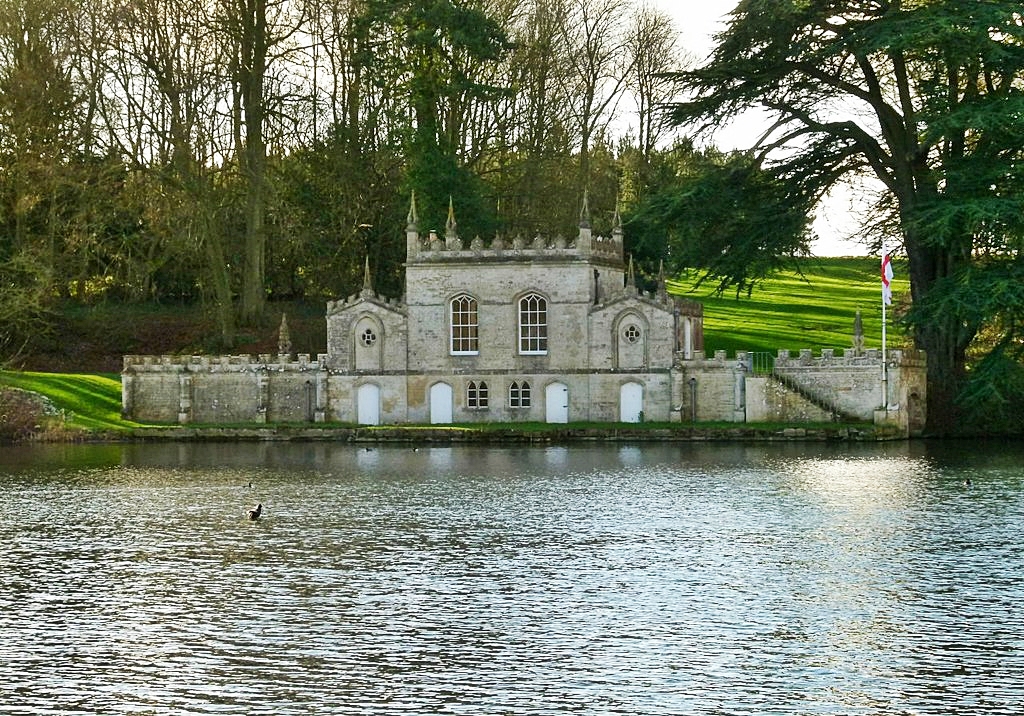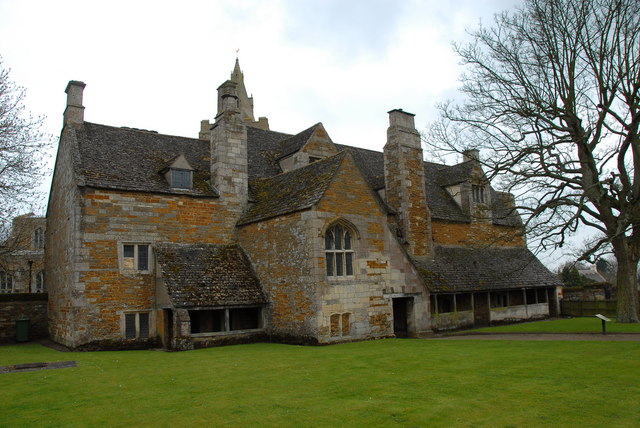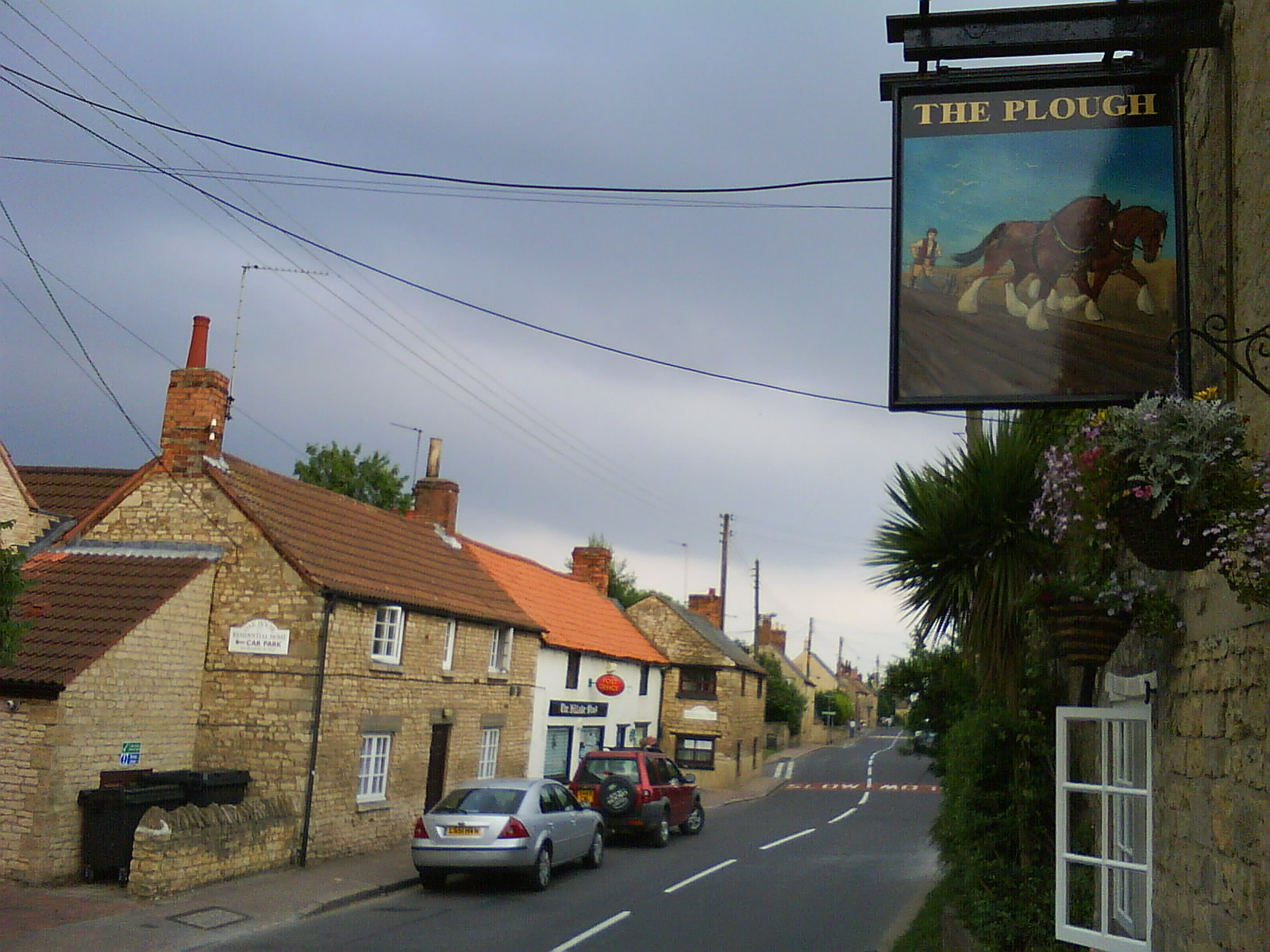|
Grade I Listed Buildings In Rutland
There are over 9,000 Grade I listed buildings in England. This page is a list of the 28 of these buildings in the county of Rutland. Rutland Notes References English Heritage Images of England External links {{GradeIListedbuildingRutland
Rutland () is a ceremonial county and unitary authority in the East Midlands, England. The county is bounded to the west and north by Leiceste ...
[...More Info...] [...Related Items...] OR: [Wikipedia] [Google] [Baidu] |
Rutland UK Locator Map 2010
Rutland () is a ceremonial county and unitary authority in the East Midlands, England. The county is bounded to the west and north by Leicestershire, to the northeast by Lincolnshire and the southeast by Northamptonshire. Its greatest length north to south is only and its greatest breadth east to west is . It is the smallest historic county in England and the fourth smallest in the UK as a whole. Because of this, the Latin motto ''Multum in Parvo'' or "much in little" was adopted by the county council in 1950. It has the smallest population of any normal unitary authority in England. Among the current ceremonial counties, the Isle of Wight, City of London and City of Bristol are smaller in area. The former County of London, in existence 1889 to 1965, also had a smaller area. It is 323rd of the 326 districts in population. The only towns in Rutland are Oakham, the county town, and Uppingham. At the centre of the county is Rutland Water, a large artificial reservoir tha ... [...More Info...] [...Related Items...] OR: [Wikipedia] [Google] [Baidu] |
Exton, Rutland
Exton is a village in Rutland, England. The population was 607 at the 2011 census. The civil parish was abolished in 2016 and merged with Horn to form Exton and Horn. The village The village's name means 'farm/settlement which has oxen'. The village includes a tree-planted green overlooked by the Fox and Hounds pub. Close to the green is the war memorial to the dead of Exton and Whitwell and to relatives of the Earl of Gainsborough; the names include Tom Cecil Noel MC and Bar and Maurice Dease VC. The memorial was designed by Alfred Young Nutt. In the south of the parish towards Rutland Water is Barnsdale Gardens which were created by Geoff Hamilton of the BBC television series '' Gardeners' World''. Further south, on the north shore of Rutland Water, stands what was the Barnsdale country house and is now the Barnsdale Hall Hotel and Country Club. Barnsdale was a large country house, built in 1890 as a hunting lodge for Earl Fitzwilliam by architect E. J. May. It is ... [...More Info...] [...Related Items...] OR: [Wikipedia] [Google] [Baidu] |
Market Overton
Market Overton is a village on the northern edge of the county of Rutland in the East Midlands of England. The population of the civil parish (including Teigh) was 494 at the 2001 census, increasing to 584 at the 2011 census. History The village's name means 'Higher farm/settlement' of 'farm/settlement on/by a ridge'. 'Market' is recorded from 1200 and was added to show the village's early function as a market town. The parish church is dedicated to St Peter and St Paul. A Grade I listed building, it contains a Saxon arch and some carved stone from the Anglo-Saxon era, but most of the existing fabric is in the Perpendicular style, dating from the late 13th and early 14th century. The church, in the Diocese of Peterborough, is part of the Oakham team ministry. Hannah Ayscough, mother of Isaac Newton, was born in the village in 1623. The regicide Thomas Waite has been claimed to be a son of a village pub landlord. William Kitchen Parker, the zoologist, worked as a druggist' ... [...More Info...] [...Related Items...] OR: [Wikipedia] [Google] [Baidu] |
Church Of St Peter And St Paul, Market Overton
The Church of St Peter and St Paul is the Church of England parish church in Market Overton, Rutland. The church is part of the Oakham team ministry. It is a Grade I listed building. History The church primarily dates from the late 13th and early 14th century though it does have a tower arch dating from the Anglo-Saxon era, the "only worthwhile piece of Anglo-Saxon architecture in the County". The tower was added in the 13th century but the top section was added the following century and it was also raised. There is an Early English column capital inverted to make a base for the Norman bowl, on the font. A coffin the size of an infant is on the north side of the tower arch and was probably made for an Anglo-Saxon family. On the east wall of the chancel, is a monument to Henry Tymperon. There is also a monument to Thomas Cox, a former rector. The sundial on the south face of the tower is said to have been donated by Sir Isaac Newton. His mother, Harriet Ayscough, lived ... [...More Info...] [...Related Items...] OR: [Wikipedia] [Google] [Baidu] |
Lyddington Bede House
Lyddington Bede House is a historic house in Rutland, England, owned and opened to the public by English Heritage. The existing Grade I listed building is a part of a former palace of the Bishops of Lincoln, situated next to St Andrew's Church in the village of Lyddington. The watch tower or gazebo is separately listed as Grade I and the boundary walls are Grade II. The site is a scheduled ancient monument. History The medieval Diocese of Lincoln was the largest bishopric in England, extending from the River Thames to the Humber Estuary. Lyddington lay on a north–south road and the estate here was a convenient place for the bishop's entourage to stop when traversing the diocese. After the Reformation, ownership passed to the Cecil family who made it their private house. By 1600 it had passed to Thomas Cecil, 1st Earl of Exeter, son of Lord Burghley, who converted it into an almshouse for twelve poor bedesmen and it continued in this use until 1930. A feature is the former bi ... [...More Info...] [...Related Items...] OR: [Wikipedia] [Google] [Baidu] |
Lyddington
Lyddington is a village in the county of Rutland in the East Midlands of England. The population of the civil parish was 397 at the 2001 census, and had fallen to 366 at the 2011 census. The village's name origin is uncertain. Perhaps, 'farm/settlement of Hlyda' or 'farm/settlement with a noisy stream'. Lyddington Bede House, owned by English Heritage, is a Grade I listed building incorporating parts of a medieval bishop's palace. In 1547 it was seized on behalf of the king from the Bishops of Lincoln and later passed to Lord Burghley William Cecil, 1st Baron Burghley (13 September 15204 August 1598) was an English statesman, the chief adviser of Queen Elizabeth I for most of her reign, twice Secretary of State (1550–1553 and 1558–1572) and Lord High Treasurer from 1 .... In 1600 part of the palace was converted into an almshouse and it continued in this use until 1930. The remains of the fishponds of the bishop's palace are nearby. St Andrew's Church is also ... [...More Info...] [...Related Items...] OR: [Wikipedia] [Google] [Baidu] |
St Andrew's Church, Lyddington
St Andrew's Church is a church in Lyddington, Rutland. It is a Grade I listed building. History The church is situated next to Lyddington Bede House, the remains of a palace formerly owned by the bishops of Lincoln. The current church primarily dates to the 14th and 15th centuries. In the western porch there are two carved grave slabs, there is also 15th-century wall paintings, over the chancel arch, nave and pulpit, and a rood screen. In the walls of the chancel, there are eleven acoustic jars set high into the wall. They were added in the hope to improve the acoustics. Also in the chancel is a communion table surrounded by communion rails. These were added by Puritans in c1635 when they wanted altars to be moved into the church's body, though Archbishop Laud wanted it to be moved to the eastern wall. Though a compromise was agreed, making today's arrangement. 15th-century brasses can be found near the steps of the altar. References Lyddington Lyddington Lyddingt ... [...More Info...] [...Related Items...] OR: [Wikipedia] [Google] [Baidu] |
Langham, Rutland
Langham is a village and civil parish in Rutland in the East Midlands of England. The village is about north-west of Oakham, on the A606 main road linking Oakham and Melton Mowbray. The village's name means 'homestead/village which is long or hemmed-in land which is long'. It has two pubs, the Wheatsheaf and the Noel Arms, and a Church of England primary school. Langham Lodge is a Grade II listed house on the edge of the village. The Church of England parish church of Saints Peter and Paul dates in part from the late 13th century and is a Grade I listed building. There is also a Baptist Chapel, built in 1854. Notable inhabitants include Simon Langham, a 14th-century monk who became Archbishop of Canterbury; Major General John Brocklehurst, 1st Baron Ranksborough CB CVO (13 May 1852 – 28 February 1921), a soldier, courtier and Liberal politician - there is a memorial to the latter in the village church; and Alicia Kearns, the current MP for Rutland and Melton. Ruddles ... [...More Info...] [...Related Items...] OR: [Wikipedia] [Google] [Baidu] |
Church Of St Peter And St Paul, Langham
The Church of St Peter and St Paul is a church in Langham, Rutland. The Church of England parish church is a Grade I listed building. History The church dates to the 13th century. The chancel arch and the arcades in the nave date to the 14th century and the aisles, transepts and clerestory were added in the 15th century. Above each column and around the walls are carvings which are thought to have been carved by some apprentice masons who did some work on Canterbury Cathedral. Sir Henry Clarke-Jervoise is remembered in a stained glass window in the south transept by Ninian Comper who was also responsible for the east window's glass. In the south transept is a marble slab remembering John Clarke and one of his wives. To one side is a calligraphy scroll commemorating Simon Langham (1310 – 1376) who was born in the village. He was a monk at Westminster Abbey who became Archbishop of Canterbury and a cardinal. The font dates from the 14th century. There is also a 16th-ce ... [...More Info...] [...Related Items...] OR: [Wikipedia] [Google] [Baidu] |
Ketton
Ketton is a village and Civil parishes in England, civil parish in Rutland in the East Midlands of England. It is about east of Oakham and west of Stamford, Lincolnshire. The United Kingdom Census 2011, 2011 Census recorded a parish population of 1,926, making it the fourth largest settlement in Rutland, after Oakham, Uppingham and Cottesmore, Rutland, Cottesmore. The village has an outstanding primary school with 204 children currently on roll. Ketton gave its name to the Ketton Rural District of Rutland which existed from 1894 to 1974. Ketton ward, which also includes the parishes of Barrowden, Tinwell and Tixover has two councillors on Rutland County Council. Village The village's name origin is dubious. Maybe, 'river of Ceta', with the subsequent component later remodelled as the Old English 'tun'. Otherwise, this is potentially an old name for the River Chater or the Old English tribal name, 'Cetan'. It was originally three separate settlements: Ketton, Aldgate and Geest ... [...More Info...] [...Related Items...] OR: [Wikipedia] [Google] [Baidu] |
Church Of St Mary The Virgin, Ketton
The Church of St Mary the Virgin is a church in Ketton, Rutland. The Church of England parish church is a Grade I listed building. History The church is the only one in Rutland that is cruciform in plan with a central tower. The 148ft spire is on four arches with triple shafts. The spire and tower date from the 14th century. There is an arched frieze and broach spire which has statues of the Blessed Virgin Mary, St Peter, St Paul and Angel Gabriel. There is a nave with south and north aisles separated by arcades, vestry, chancel, north and south transepts and the tower. The clerestory was added in the 15th century. In 1861-1862 the church was restored by George Gilbert Scott and the chancel was restored in 1863. The roof, decorated with angels was designed by Sir Charles Nicholson and completed in 1950 after his death. The font, dating from the 14th century, is octagonal. The east windows of the chancel and south aisle have stained glass designed by Ninian Comper. A m ... [...More Info...] [...Related Items...] OR: [Wikipedia] [Google] [Baidu] |
Greetham, Rutland
Greetham is a village and civil parish in the county of Rutland in the East Midlands of England. The village's name means 'homestead/village which is gravelly' or 'hemmed-in land which is gravelly'. The village is on the B668 road between the county town of Oakham and the A1 and on the north–south Viking Way long distance footpath linking the Humber Bridge and Oakham. The population of the civil parish at the 2001 census was 609 increasing to 638 at the 2011 census. The oldest parts of the Church of England parish church of St Mary the Virgin are Norman, but the church today is largely as it was rebuilt in the 13th–15th centuries. The west tower and spire are 13th or 14th century and the south porch was built in 1673. The church was restored in 1897 by Jethro Cossins. The church is a Grade I listed building. It is on Historic England’s Heritage at Risk Register, at priority category: C - "slow decay; no solution agreed". Leicestershire and Rutland Wildlife Tru ... [...More Info...] [...Related Items...] OR: [Wikipedia] [Google] [Baidu] |






